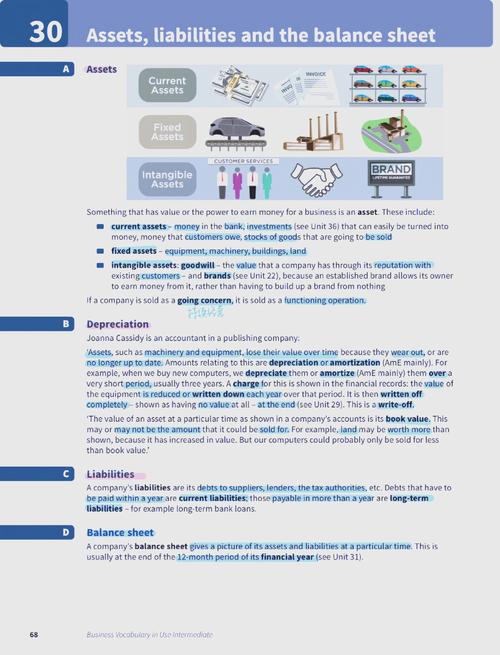Understanding Scalping in the Forex Market
Scalping in the forex market is a high-speed trading strategy that involves buying and selling currencies within a very short time frame, often within seconds or minutes. It requires quick decision-making, precise execution, and a solid understanding of market dynamics. If you’re interested in making money through scalping, here’s a detailed guide to help you get started.
What is Scalping?
Scalping is a trading style that aims to profit from small price movements. Unlike position trading, which can last for days, weeks, or even months, scalping focuses on capturing profits from minor price fluctuations. This strategy is popular among traders who prefer short-term gains and have the time and resources to engage in frequent trading activities.

Tools and Resources for Scalping
Successful scalping requires the right tools and resources. Here’s a list of essential items you’ll need:
| Tool/Resource | Description |
|---|---|
| Forex Trading Platform | A reliable platform with fast execution and real-time market data. |
| High-Speed Internet Connection | Ensure your internet connection is stable and fast to minimize latency. |
| Technical Analysis Tools | Indicators and charting tools to analyze market trends and identify trading opportunities. |
| Stop Loss and Take Profit Orders | Automate your risk management by setting predefined exit points. |
Choosing the Right Pairs
Not all currency pairs are suitable for scalping. Some pairs, like the EUR/USD or GBP/USD, are more volatile and offer better opportunities for quick profits. It’s important to choose pairs that have a high level of liquidity and tight spreads, as these factors can affect your ability to enter and exit trades quickly.
Developing a Scalping Strategy
A scalping strategy should be well-defined and tailored to your trading style. Here are some key components to consider:
-
Entry and Exit Points: Identify the conditions under which you’ll enter and exit trades. This could be based on technical indicators, price patterns, or news events.
-
Position Sizing: Determine the size of your trades based on your risk tolerance and account size. Avoid over-leveraging, as this can lead to significant losses.
-
Risk Management: Set stop loss and take profit levels to minimize potential losses and protect your capital.
-
Time Frame: Scalping is a short-term trading strategy, so choose a time frame that aligns with your trading style, such as the 1-minute or 5-minute chart.
Mastering Technical Analysis
Technical analysis is a crucial skill for scalping, as it helps you identify potential trading opportunities. Here are some popular technical indicators and tools to consider:
-
Price Action: Analyze the price movements on the chart to identify patterns and trends.
-
Moving Averages: Use moving averages to identify the overall trend and potential reversal points.
-
Relative Strength Index (RSI): Measure the speed and change of price movements to identify overbought or oversold conditions.
-
Bollinger Bands: Use Bollinger Bands to identify potential support and resistance levels.
Practice and Patience
Like any trading strategy, scalping requires practice and patience. Start by demo trading to get a feel for the market and your trading style. Once you’re comfortable, move on to live trading with a small amount of capital. Remember that scalping can be stressful, so it’s important to maintain a disciplined approach and avoid emotional decision-making.
Conclusion
Scalping can be a profitable trading strategy if you have the right tools, resources, and mindset. By understanding the basics of scalping, choosing the right pairs, developing a solid strategy, and mastering technical analysis, you can increase your chances of success. Remember to practice, stay patient, and always manage your risk.


